History of Sake
/The Yayoi Era (B.C.300~ A.D.300)
Sake is offered to the Gods as a gift
The keywords associated with Japanese sake are 'Rice' and 'Farming'. It is well known that the first Japanese sake was created in the Western part of Japan in the Yayoi Era when the hunting society changed to an agrarian society.
At the time, people had not mastered the technique of fermenting rice, so they had to chew the rice well, using their saliva in lieu of the modern fermentation process. Don't worry, though; this saliva-made sake was used solely for religious rituals, not as a beverage.
Not everyone could make the chewed sake Women known as Miko who serve god were the only ones qualified to make the sake intended for honoring the gods.
Currently tojis are nearly all men, but originally sake was made by women.
The Nara Era (A.D.710~ A.D.794)
Sake is a valuable article in supplying nutrients
The technique for sake making was developed by the Imperial Court (Government) in the Nara Era. Around this time, instead of chewing the rice, people started to use Koji that was brought from China for the brewing of sake.
In those times foods with high caloric content were a rarity and were reserved only for the nobility.
The Heian to Kamakura Era (A.D.794~ A.D.1192)
Sake is used for festivals
In the Heian Era, sake making was done not only by the government, but also by the temples. Sake production increased, but it was used mostly for festivals. That is not to say that participants guzzled sake – it was enjoyed sparingly in true formal style.
In the Kamakura Era, the sake began to be distributed in small but ever increasing amounts. Eventually the amount available increased, and small numbers of common people were finally able to taste sake.
The Muromachi to Azuchi-Momoyama Era (A.D.1573~A.D.1600)
Sake is established as a regional product
Sake's now began to be made region-specific at about the same time that regional foods began to emerge. At this time, the main ingredient had been changed from using unmilled rice (brown rice) to white rice (polished rice.) The center of sake production was still in temples, but production was also expanded and civilians began to make sake as a local item.
The Edo Era (A.D.1603~ A.D.1867)
Sake is enjoyed by the common people
In the Edo era, sake production expanded and the beverage was now available to ordinary people. There were more than 27,000 Sakagura (Breweries) during the Edo Era (currently there are fewer than 1,500 breweries). At the time, the most popular sake was produced in Nada (Hyogo prefecture) because that region had the best water for sake. It was considered ideal water because the iron content was much lower than that found in most other areas. Around this time, a wide variety of sake had been developed by commoners. They enjoyed the sake with ordinary foods such as tempura or soba.
The Meiji Era to the beginning of the Showa Era (A.D.1869~A.D.1950)
Sake suffers with the passing of time
From the Meiji Era, Japanese liquor taxes were imposed on sake. During this same time, very famous brewery competitions involving sake brewing techniques had begun. These competitions helped to further share, improve and develop said techniques. Unfortunately, the constant wars throughout all the regions of Japan made the supplies necessary for sake making near impossible to find. This time was a black period in the evolution of sake making.
The Present (A.D.1950~)
Unique sake's are produced to be enjoyed with food
The system of Japanese sake development was reformed in 1989 (See sake categories.) These new changes in regulations led to the creation of many great and unique sake's. The new sake's created a boom in the industry.
Japanese sake has a 2000-year history. Recently, new developments in polishing and fermentation techniques are resulting in great new sake's.











